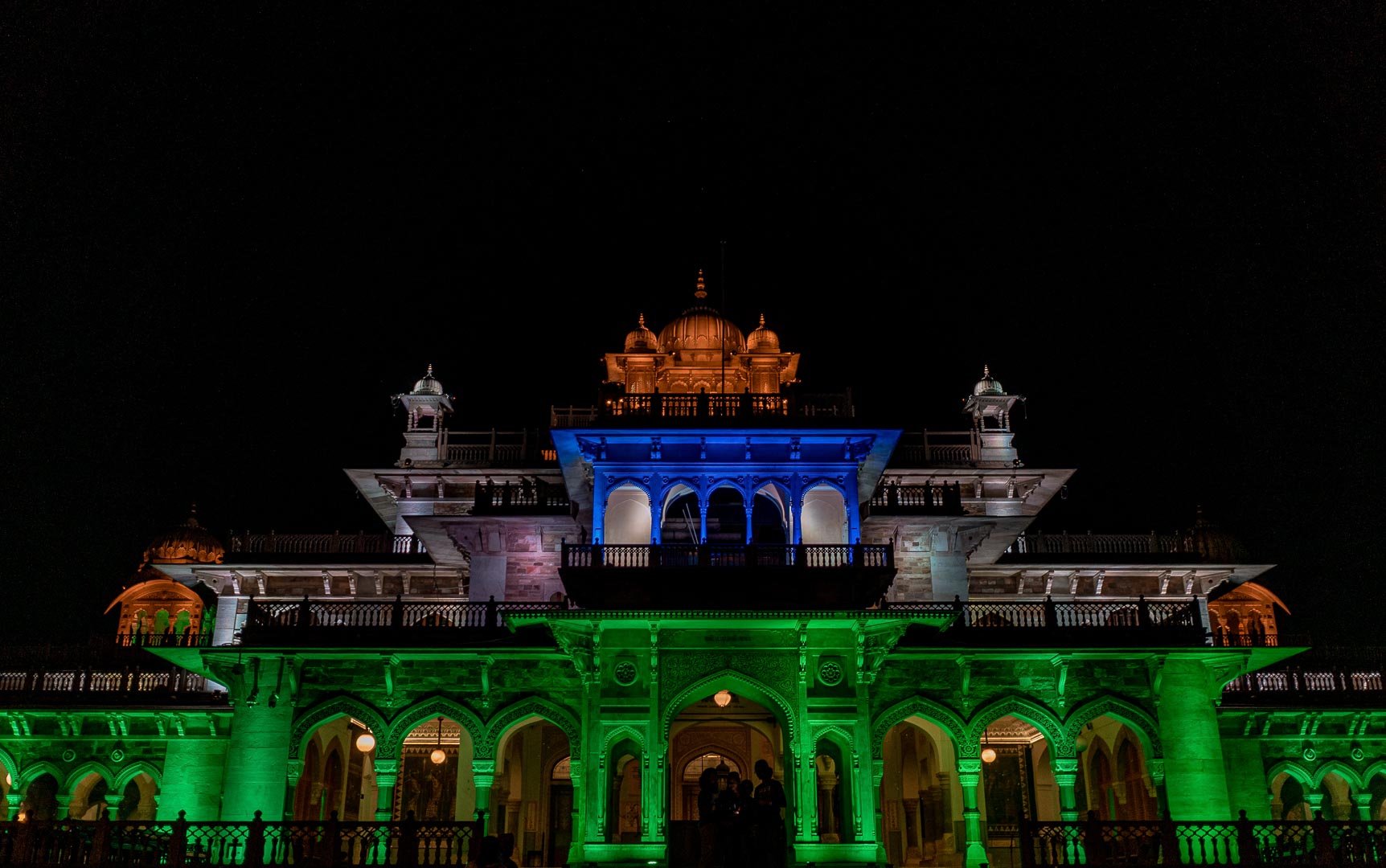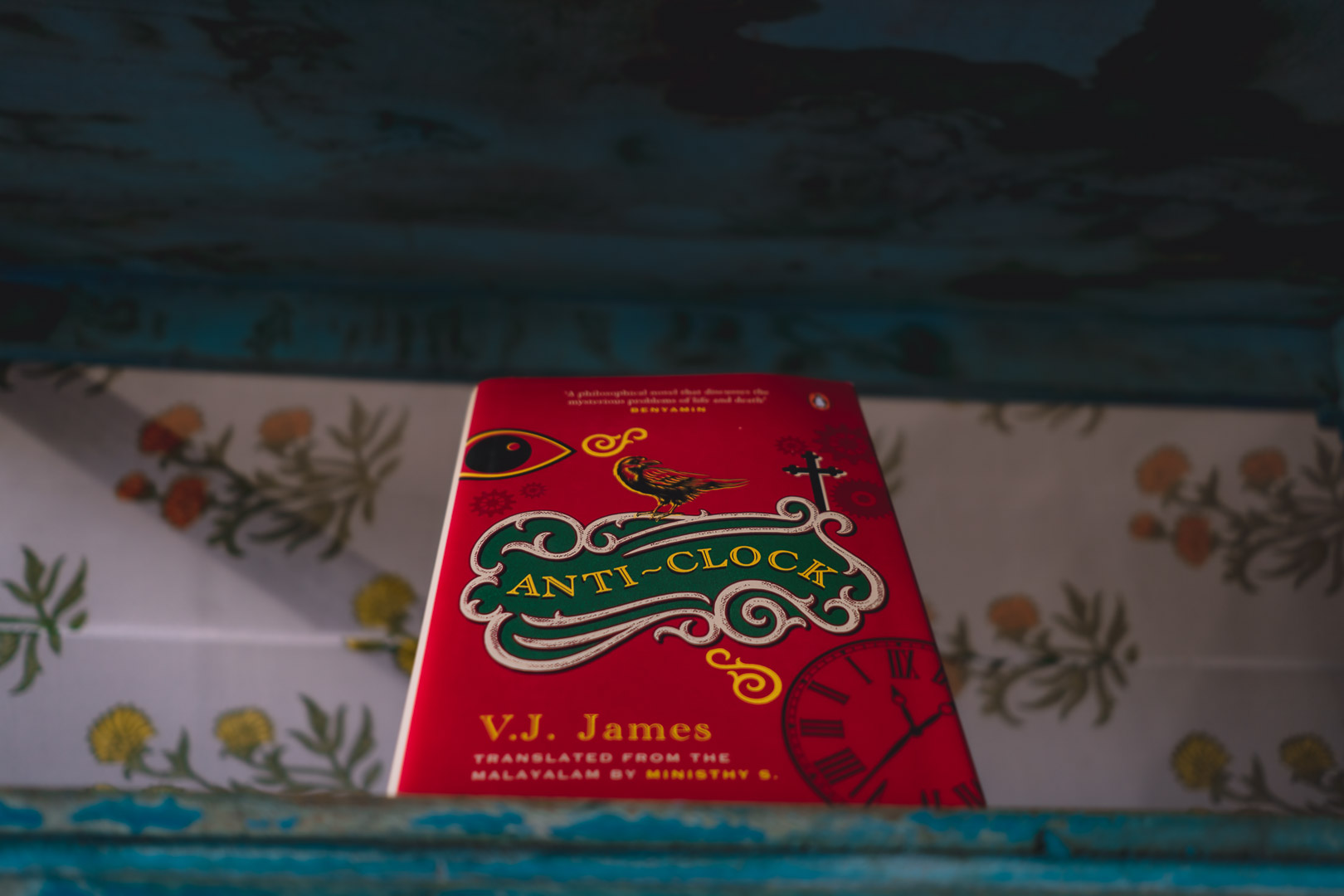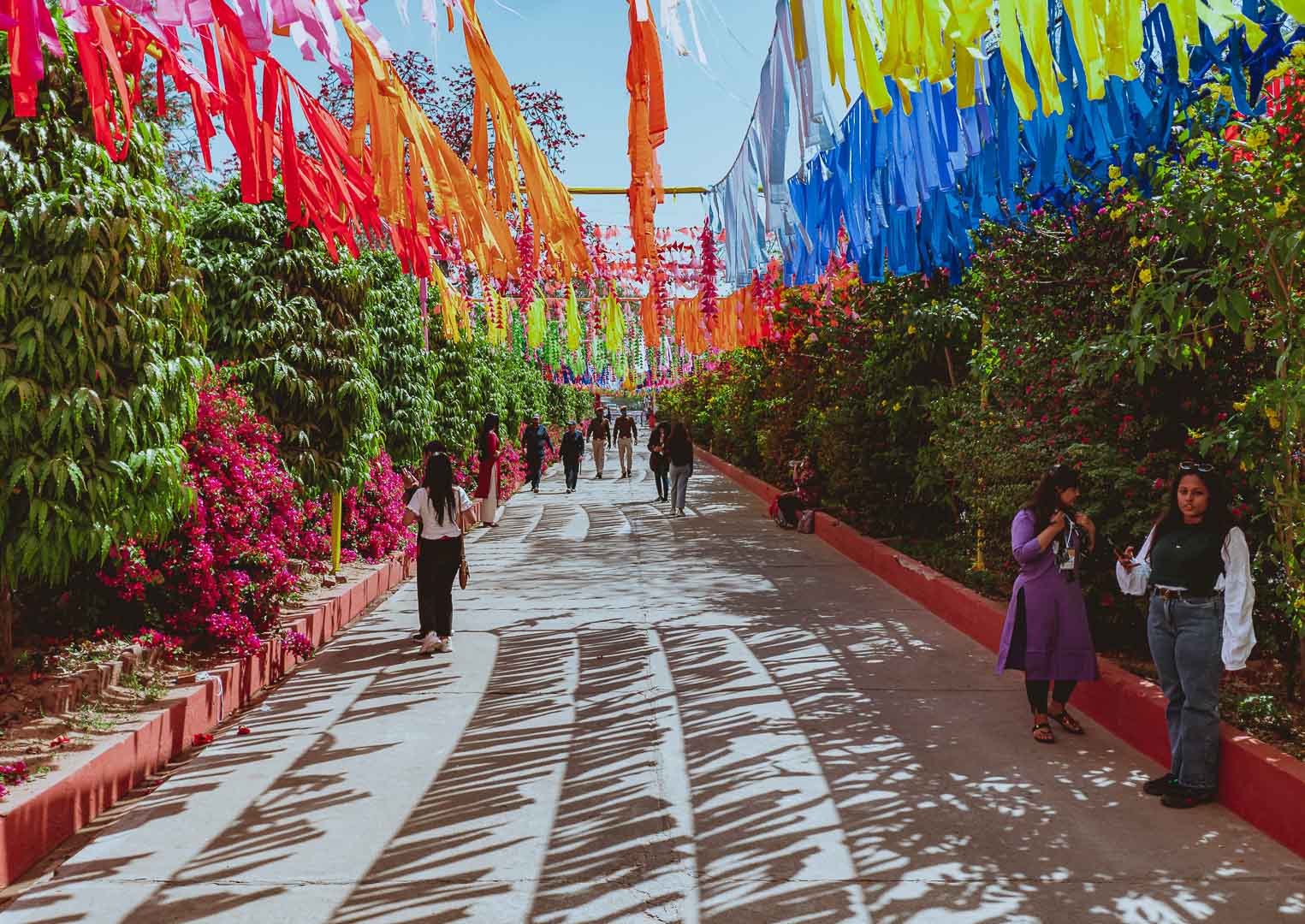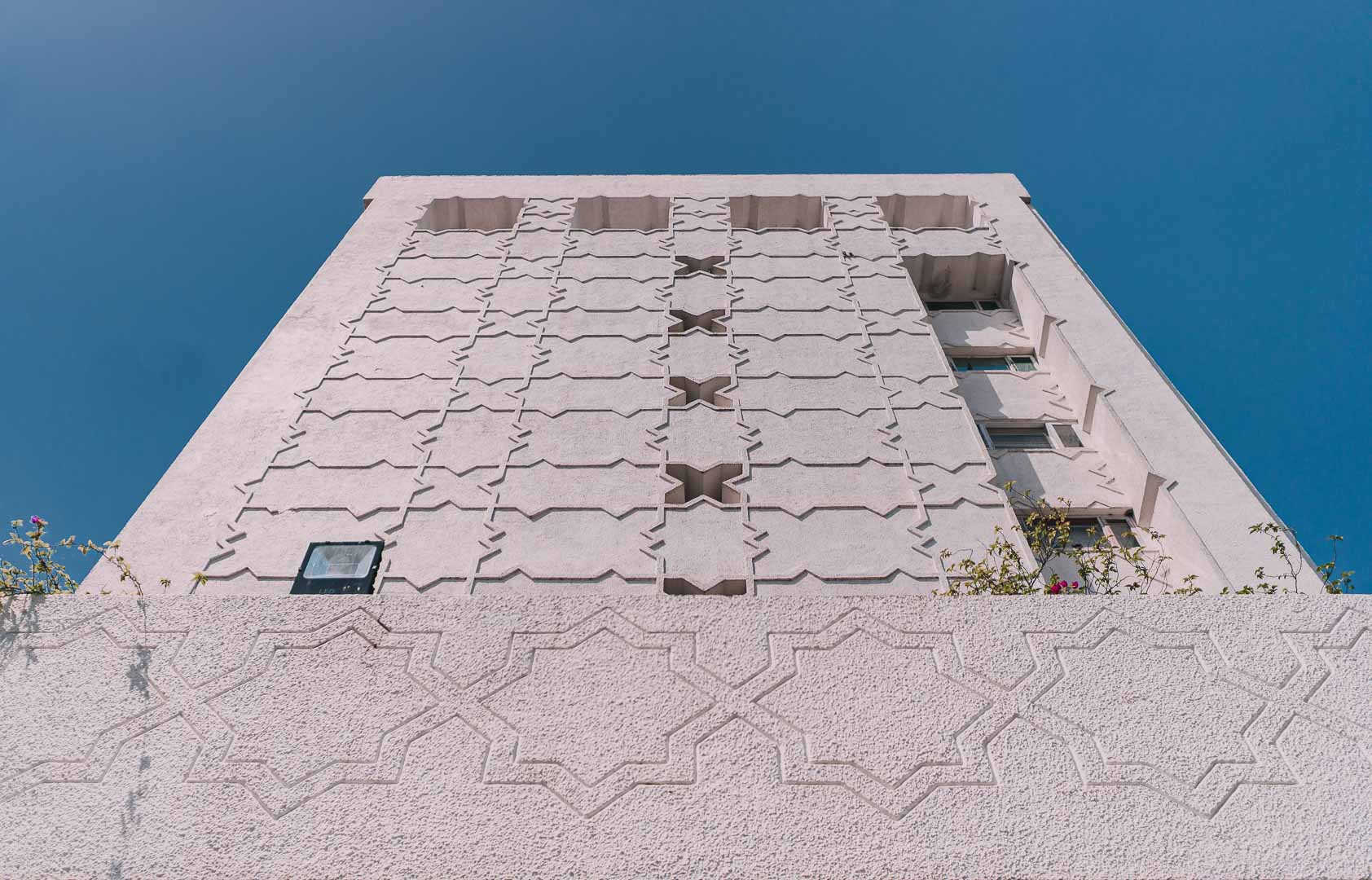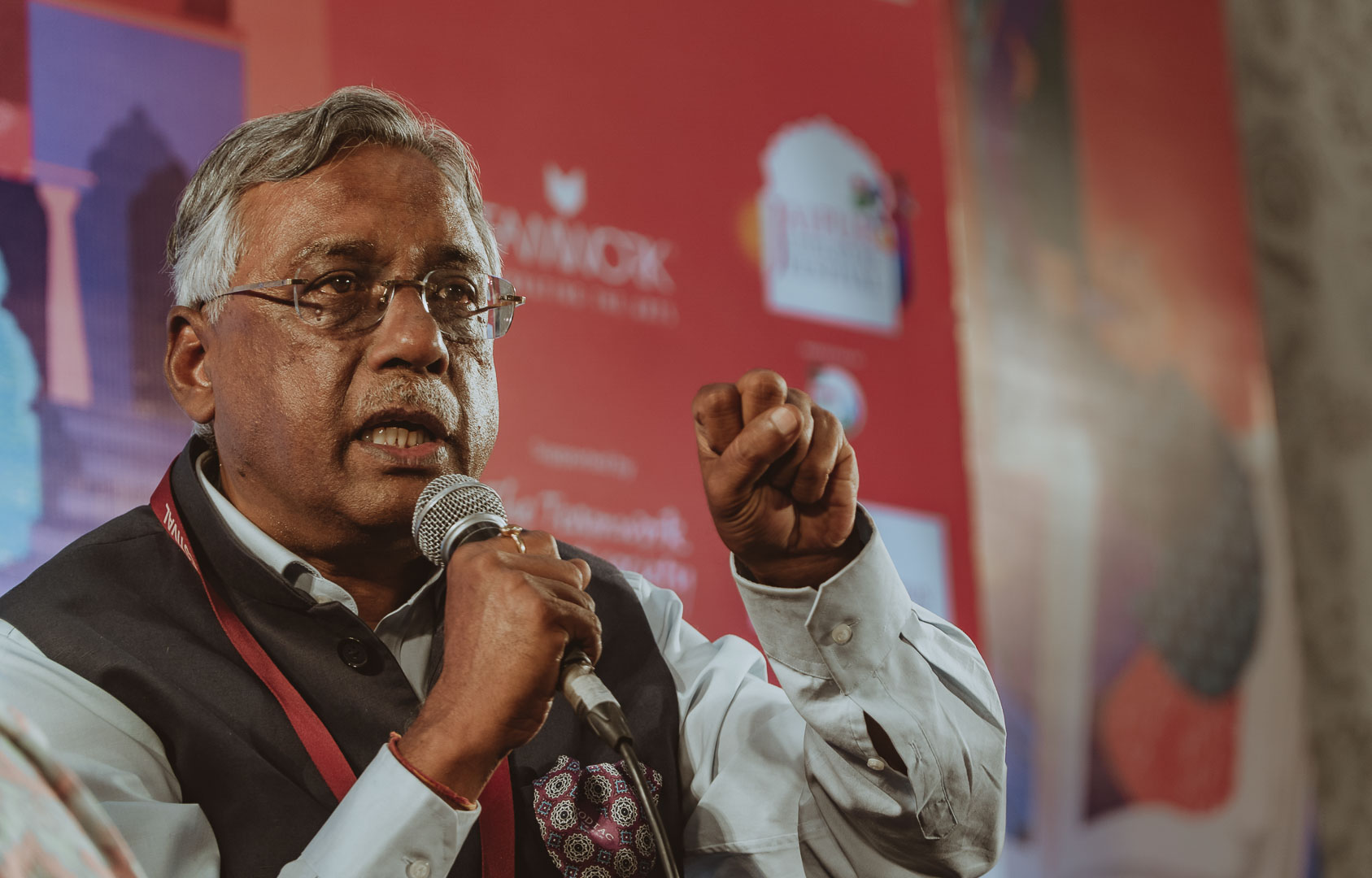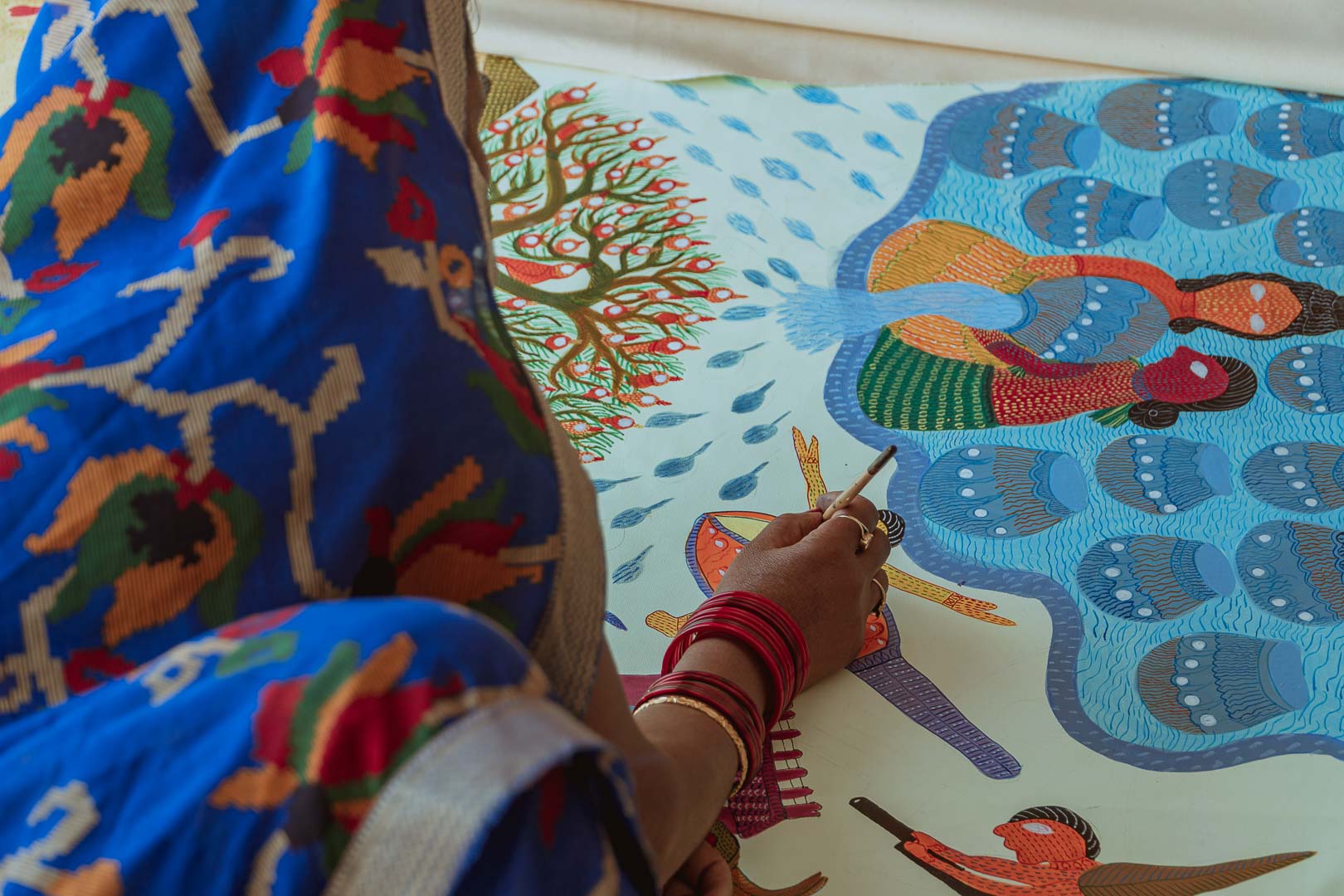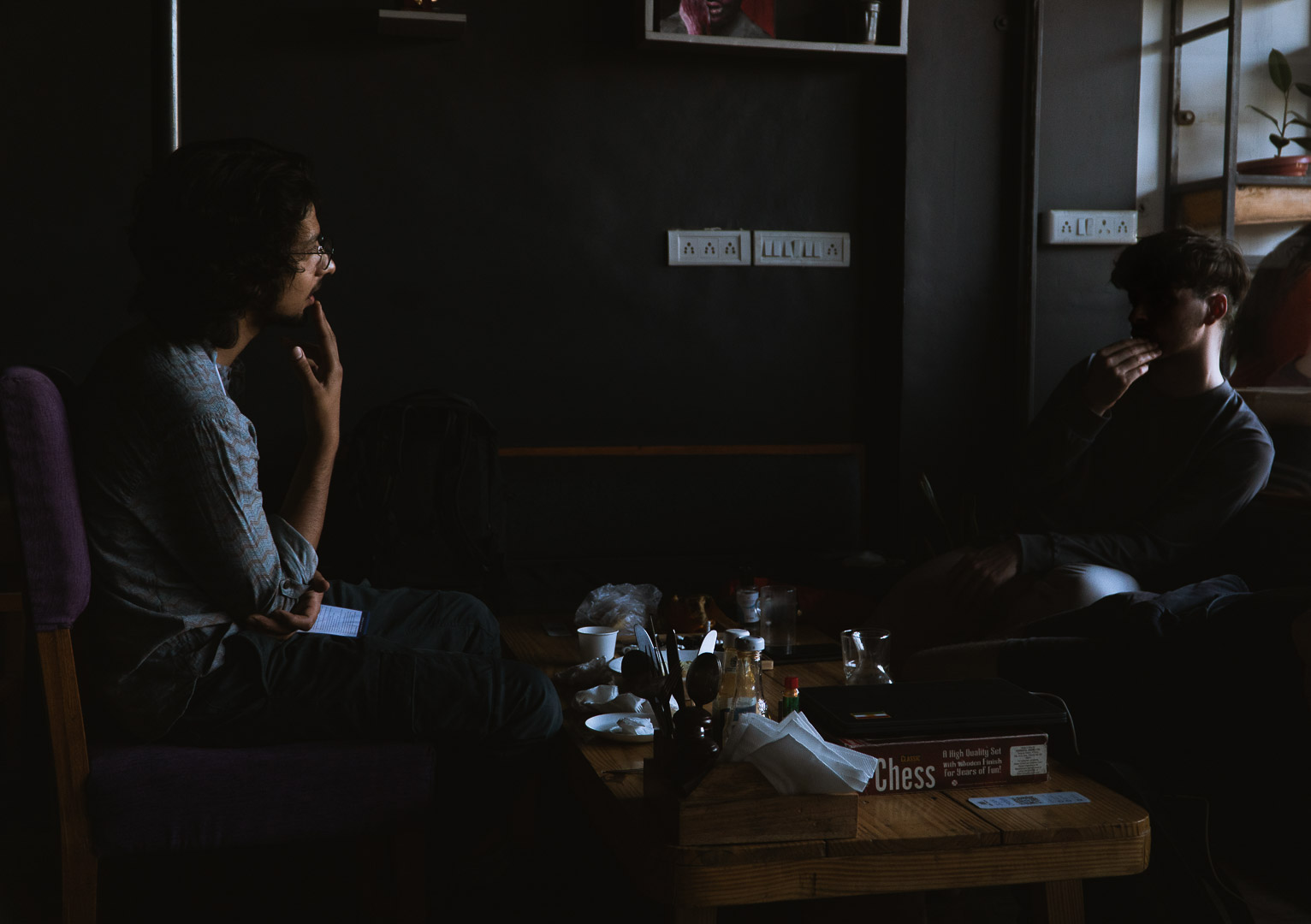Jaipur Literature Festival: Bridging tradition & modernity (Visual Story)
Jaipur Literature Festival: Bridging tradition & modernity (Visual Story)
Jaipur, India. The 2022 Jaipur Literature Festival happened after a COVID-19-related hiatus of two years. My story is de-linked from the festival’s agenda and instead posits it in a dialogue between tradition and modernity as channeled through my subjective lens. This requires carefully situating the narrative spatially, i.e., (1) within India, (2) within Jaipur, and (3) within the festival itself. My story intends to bridge the controversy about the mutual exclusivity between modernity & tradition by bringing progress & stagnation, speaking & listening, as well as arts & politics into conversation.
1. City of Jaipur: Between modernity and tradition
Throughout my journey from south India to the north, various travelers of Indian nascent have mentioned the Indian state Rajasthan in general, and the city Jaipur in particular, as cultural capitals. What they referred to are remnants of ancient architecture influenced by Moghuls. Indeed, Jaipur stages a plethora of age-old fortresses, monumental gates, and pink-hued residential areas. Locating the progressive Jaipur Literature Festival in a city carrying significant archeological cultural heritage means situating it amid a debate between tradition and modernity.
2. Twisting time: The conceptual role of time in Indian modernity
A dialogue about tradition and modernity inevitably centers around the idea of time. European enlightenment schools of thought conceptualized time as linear. In this conception, the West has been misconstrued as the most highly developed region that became the reference against which all non-Western progress was measured. This photo problematizes Eurocentric notions of time and progress and instead invites the audience to consider alternative conceptions of modernity and tradition.
3. Tradition: The meaning of colors
“Look at the color patterns!” participants told me when I asked them why the literature festival was happening in Jaipur. The link between colors and literature seemed peculiar at first but makes perfect sense when understanding it against the background of tradition and modernity. Jaipur is known as the pink city and spring colors, elements that relate to a traditional reading of the city.
4. Modernity: The Grand Clarke Hotel
The venue for the Jaipur Literature Festival was the 5-star Hotel Clarks Amer. When equating modernity with neoliberalization and development through market economy integration, then a five-star hotel represents the spatial amenities where such a development can flourish. Power and wealth are centralized in the hands of very few political-economic elites, who roam around in spaces like this. Viewing this photo against the first of this series pronounces the architectural juxtaposition of modernity and tradition in Jaipur.
7. The art of reflexive dialogue
Perhaps one of the most critical tenants of the politicized Jaipur Literature Festival is initiating a dialogue between its participants. The interconnection between modernity and tradition is undoubtedly ambivalent. Therefore, it requires reflexivity and conversation to make sense of such complex and abstract constructs. This image was taken in the aftermath of the festival and portrays two young men in a deep dialogue.
